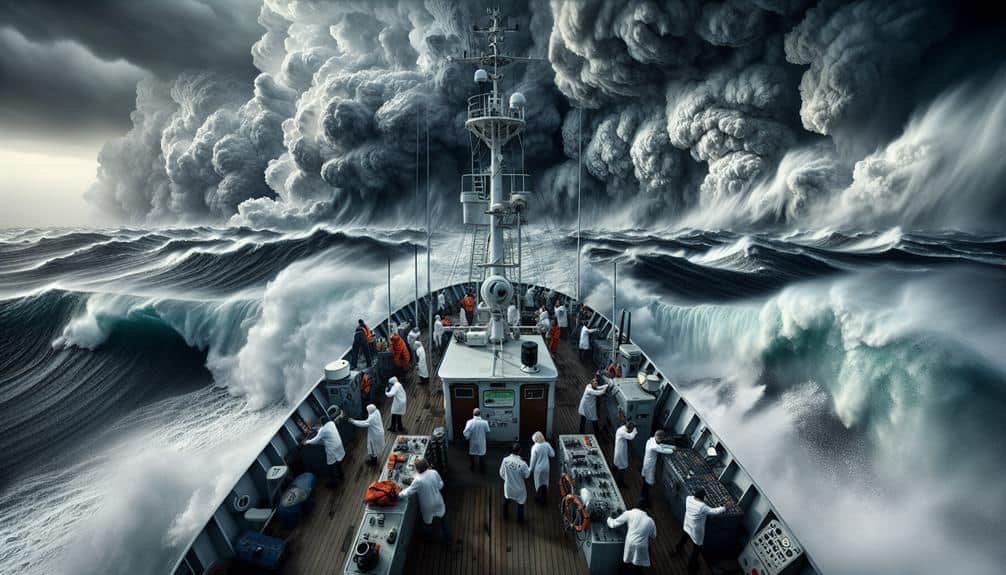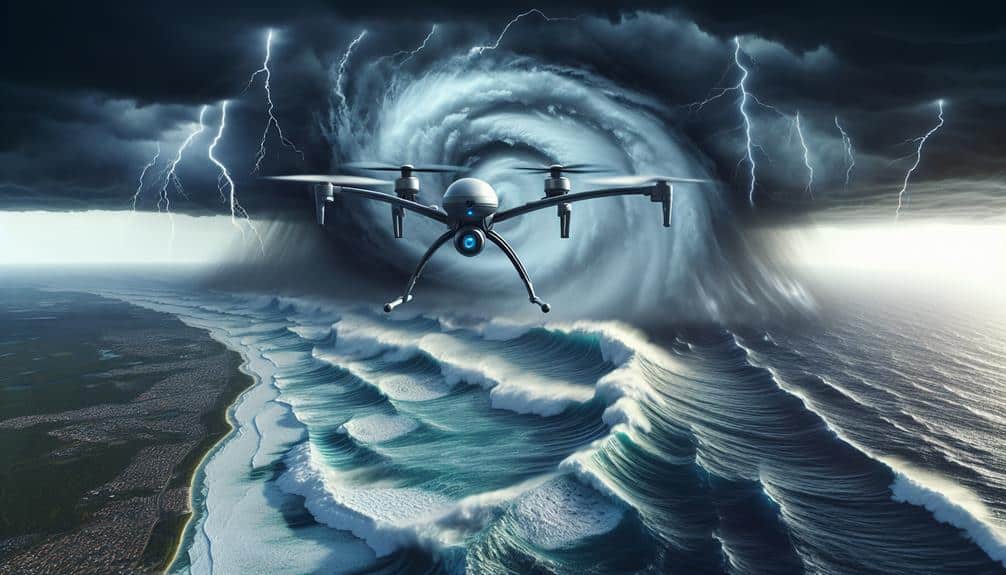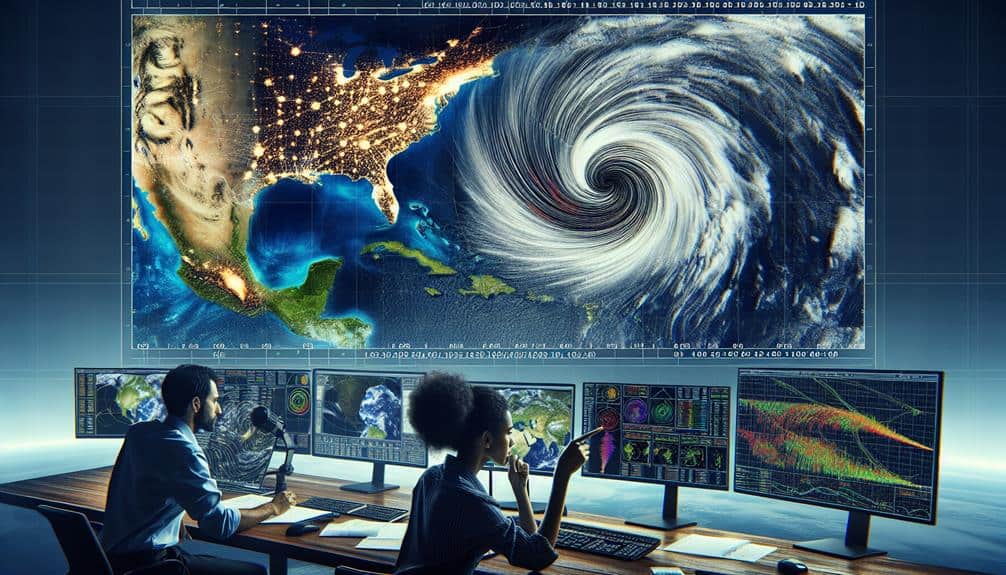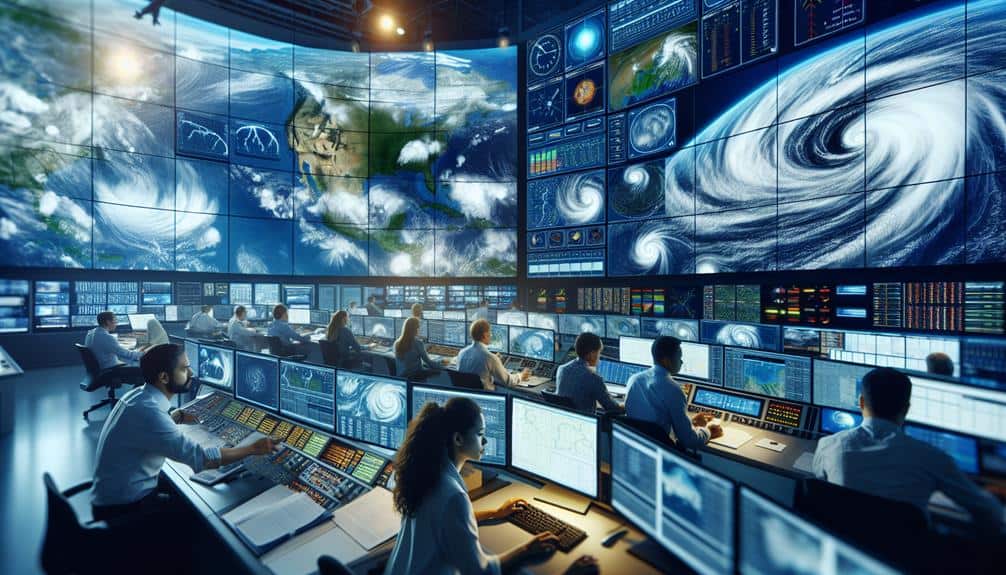Conducting Effective Hurricane Research Expeditions at Sea
We plan effective hurricane research expeditions with detailed logistics, advanced meteorological instruments, and rigorous safety protocols. We use Doppler radar and dropsondes to gather real-time data on wind speeds and atmospheric conditions. Our team operates in reinforced gear and relies on satellite communication and GPS for accurate navigation. We navigate hazardous zones using high-resolution satellite […]
Conducting Effective Hurricane Research Expeditions at Sea Read More »








